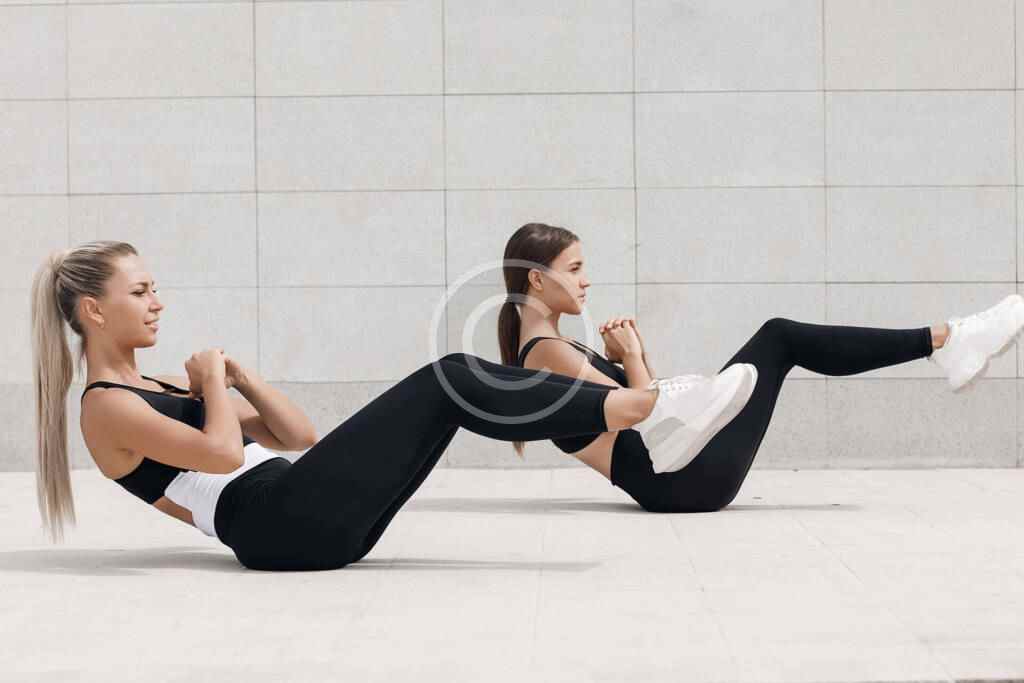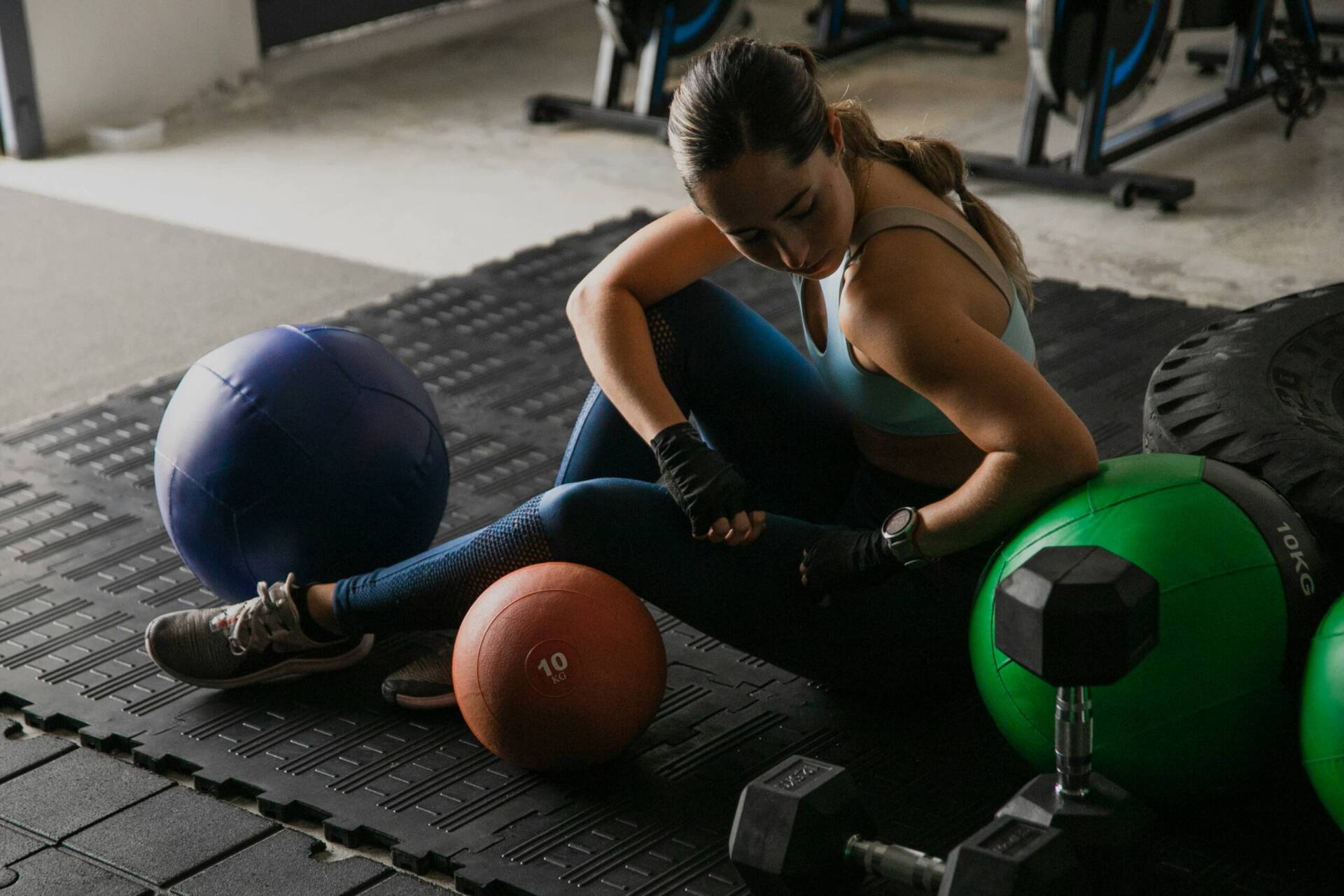Why Stretching Means More Than You Realize
If we consider fitness, we naturally focus on lifting heavier weights, being able to run further, or perspiring the most. However, there is one great health aspect that is often lost in the process—stretching.
It’s not flashy. It’s not loud. But stretching is essential. Whether you’re a seasoned athlete, a weekend warrior, or someone who spends all day at a desk, taking time to stretch can transform how your body feels, moves, and performs.


What Exactly Is Stretching?
Stretching is the voluntary act of extending muscles or tendons to enhance elasticity and flexibility. It maintains a complete range of motion in joints, keeps muscles less stiff, and enhances blood flow to muscles—keeping your body working and without pain.

There are two primary forms:
Static Stretching: Sustaining a stretch for 15–60 seconds when the body is in a resting state. Excellent post-workout or at cool-downs.
Dynamic Stretching: Active movements that stretch the muscles to their full range of motion—ideal for warming up.
The Benefits of Stretching
Still skipping your stretches? Here’s what you’re missing out on:
1. Increased Flexibility and Range of Motion
Over time, muscles tighten and joints stiffen—especially if you’re sitting a lot or training intensely. Stretching helps counteract this, making daily movements (like bending, walking, or reaching) easier and safer.
2. Improved Posture
Tight muscle groups, especially hips, hamstrings, and chest muscles, will put your body out of alignment. Regular stretching helps maintain good posture and also eliminates the pain and stiffness of poor alignment.
3. Enhanced Performance
Dynamic stretching prior to exercising can boost reaction time and coordination. It readies the nervous system and increases blood flow—giving the body an edge.
4. Reduced Injury Risk
Tight unused muscles are more susceptible to strains, pulls, and tears. Stretching adds flexibility and circulation, allowing muscles to withstand stress better and recover faster.
5. Mental Relaxation
Stretching is not just physical—it calms the nervous system, slows down breathing, and functions as a mental reboot. Stretching is meditative for most, decreasing stress and anxiety.
When Should You Stretch?
Before exercising: Perform dynamic stretches (like leg swings, arm circles, or walking lunges).
After workout: Do static stretches as a cool-down to help your muscles recover.
During the day: If you sit at a desk or drive a lot, daily stretching to fight stiffness and fatigue can be helpful.
Stretching Tips
Warm up first: Never stretch cold. Do light activity (such as walking) to warm your muscles.
Breathe deeply: Breathe in through the nose, breathe out through the mouth while stretching.
Ease in: Don’t stretch or bounce. Ease in gradually.
Be consistent: Time and consistency are the keys to flexibility. Even 5 minutes a day will suffice.
Final Thoughts
Stretching won’t give you immediate abs or before-and-after photogenic moments, but it will give you something better: a freer-moving, more comfortable, and longer-lasting body. It’s like running daily tune-ups on your most precious car—your body.
The next time you finish a workout or are stiff from a long day, take a few minutes to stretch. Your body will thank you.
